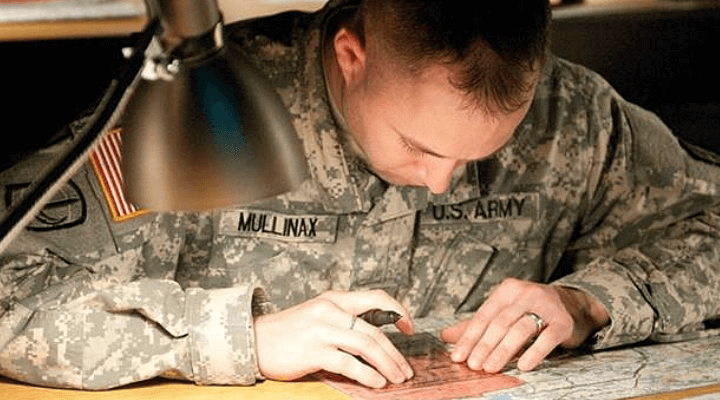One unique feature of the Post 9/11 GI Bill is the Yellow Ribbon Program. While voluntary, colleges and universities that choose to participate are required to set up agreements with the VA in which they can waive up to 50% of the tuition difference between what the New GI Bill pays and what the school charges. Specifically in its agreement each school defines:
- what percentage (or amount) of the tuition they wish to waive
- which degree programs and at what degree level will be covered
- the maximum per student amount funded per academic year
- the number of students annually accepted into the program.
In regard to the amount of tuition waived by a school, the other partner in the agreement, the VA, agrees to pay an equal amount. If a school chooses the maximum percentage to waive, and the VA pays an equal amount, a student is usually left with little, if anything, to pay. However if a school chooses a lower percentage, the VA ends up paying less and the remaining balance becomes responsibility of the student.
While the Yellow Ribbon Program is a great way for eligible students to reduce out-of-pockets costs, it is not available to all individuals using the Post 9/11 GI Bill.
Eligibility Criteria
To use the Yellow Ribbon Program, the first criteria is the school has to be on the Yellow Ribbon Schools List. Not all schools choose to participate.
Then the person using the Post 9/11 GI Bill has to be at the 100% tier level, meaning the service member:
- served at least 36 aggregate months of qualifying service after 10 September 2001 or;
- was discharged with a service-connected disability after having served at least 30 continuous days of service after 10 September 2001.
Post 9/11 GI Bill benefits transferred to family members carry the same tier level privileges as the service member making the transfer. National Guard and Reserve members not at the 100% tier level cannot use the Yellow Ribbon Program nor can their family members using transferred benefits as they would be at the same tier level of less than 100%.
Benefits of the Program
Before the implementation on July 1, 2015 of the Veterans’ Access to Care Through Choice Accountability Transparency Act of 2014, the Yellow Ribbon Program was beneficial to qualifying students using the Post 9/11 GI Bill, if they:
- attended private school
- attended graduate school
- had to pay non-resident tuition
The Veterans’ Act eliminated the non-resident tuition issue for students using the GI Bill so that is no longer a factor, however, the Yellow Ribbon Program is still a viable option for eligible students in private schools or in graduate degree programs. Students in these high-tuition situations can benefit greatly from this program without incurring any additional reduction of entitlement.
The Power of the Yellow Ribbon Program in Dollars
To put the power of the program in perspective, let’s look at the business graduate programs at two private schools and the Yellow Ribbon Program effects at each school:
Columbia University Graduate School of Business – New York City
(Number of students accepted into this graduate school Yellow Ribbon Program per year – 30)
(Maximum annual award per student per year – $7,500)
| 2015/2016 Tuition (Includes $7,394 in mandatory fees) | $73,382.00 |
| Minus Post 9/11 GI Bill Contribution | $21,084.89 |
| Sub Total | $52,297.11 |
| Minus Yellow Ribbon Program Contribution (school and VA each $7,500) | $15,000.00 |
| Remaining unpaid balance | $37,297.11 |
University of St. Thomas Opus School of Business – St Paul, MN
(Number of students accepted into Yellow Ribbon Program per year – Unlimited)
(Maximum annual award per student per year – Unlimited)
| 2015/2016 Tuition (Includes $4,075 in fees) | $37,115.00 |
| Minus Post 9/11 GI Bill Contribution | $21,084.89 |
| Sub Total | $16,030.11 |
| Minus Yellow Ribbon Program Contribution (school and VA each $8,015.055) | $16,030.11 |
| Remaining unpaid balance | $0 |
As the two examples show, a school’s Yellow Ribbon Program can have a significant impact on out-of-pockets costs. While the effects of the Yellow Ribbon Program is not the only criteria to consider when choosing a school, it should be factored in as it can have a significant benefit to financing a degree.



